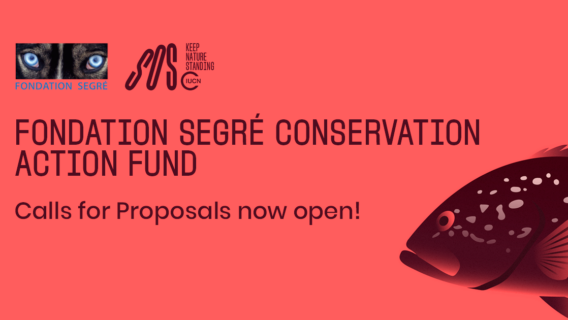
Recovering the Ladakh Urial in Gilgit-Baltistan, Pakistan
Project description
The Ladakh Urial, a Critically Endangered species, is facing severe decline due to habitat degradation, overexploitation, and illegal activities in Gilgit-Baltistan, where poverty affects up to 42% of the population. This project aims to initiate a species recovery plan by establishing community-based governance structures such as Wildlife Conservation and Sustainable Development Organisations (WCSDOs) and multi-community conservancies.
Threats

Habitat loss & degradation

Poaching
Local rangers will be trained in wildlife monitoring and anti-poaching, while communities will be linked with government departments to develop Community Development Plans and a species recovery strategy. Habitat restoration efforts will include regular patrols and the establishment of a community-run check post.
The project will directly engage over 600 community members and indirectly benefit more than 500,000 people by improving socio-economic conditions. Through community empowerment, capacity building, and collaboration with government stakeholders, the project seeks to deliver tangible conservation outcomes while fostering local stewardship of natural resources.
Project objectives
- Revitalise community-owned natural resource management systems.
- Foster collaboration between local communities and government agencies to undertake conservation initiatives.
- Monitor Ladakh Urial populations through trained local rangers.
- Protect and restore the natural habitat of the Ladakh Urial.
- Facilitate the development and implementation of a species recovery plan.
Project activities
- Conduct awareness sessions on forest and biodiversity conservation.
- Mobilise communities to revive existing conservation infrastructure.
- Network with district and provincial government departments to support conservation efforts.
- Restructure and provide training for WCSDOs (Wildlife Conservation and Social Development Organisations) and Community-Based Organisations (CBOs).
- Promote gender-sensitive engagement, including with WCSDOs and women, to support Community Development Plans (CDPs).
- Organise multi-community meetings to reactivate dormant conservancies.
- Update legal and administrative documentation for restoring three conservancies.
- Submit Conservation and Development Plans to relevant authorities.
- Establish a community-run check post or hut to monitor Ladakh Urial movement and threats.
- Conduct habitat restoration activities, including tree planting drives.
- Train and deploy 30 local rangers for wildlife monitoring and anti-poaching.
- Carry out wildlife surveys and seasonal joint monitoring with WCSD staff, researchers, and community rangers.
- Develop and submit a detailed Ladakh Urial distribution map and Species Recovery Plan.
This project is implemented by PET Environmental Services, Pakistan




